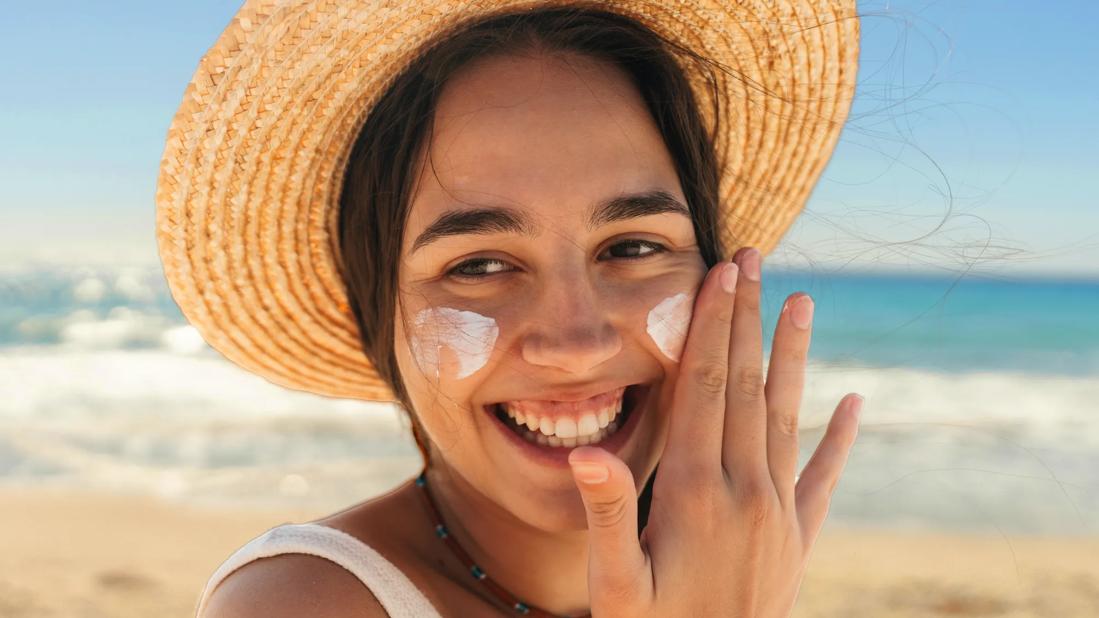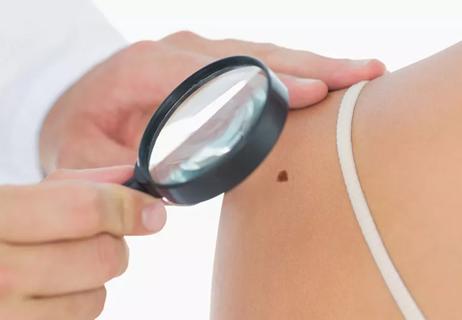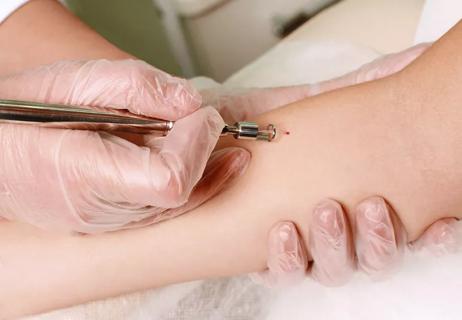Wear sun-protective clothing, apply sunscreen every day and avoid tanning to help reduce your risk

Many of us live for those warm summer days when we can get out of the house and have fun in the sun. But sunlight carries its own dangers. And they’re year-round, not just in summer months.
Advertisement
Cleveland Clinic is a non-profit academic medical center. Advertising on our site helps support our mission. We do not endorse non-Cleveland Clinic products or services. Policy
When we’re over-exposed to the ultraviolet (UV) radiation from sunlight, we run the risk of developing skin cancer. Now, that doesn’t mean you should stay indoors. But there are things you can do to help prevent skin cancer now and in the future.
Dermatologist Kathryn Anderson Sutton, MD, shares some of the most helpful strategies to protect your skin from harm.
Each year, nearly 6 million people in the U.S. are treated for skin cancer, according to the Centers for Disease Control and Prevention (CDC). In fact, most skin cancers result from all the time we spent in the sun as kids. In recent years, younger populations have also experienced an increase in skin cancer.
As we spend more and more time outdoors, skin cancer prevention becomes increasingly important, especially if you have a family history of skin cancer.
Regardless of your age or demographic, the following strategies for preventing skin cancer should be helpful throughout the entire year.
Wearing sunscreen is the easiest thing you can do to help prevent skin cancer. It’s something you should put on every day. Even when it’s overcast or gloomy, the sun’s rays can still find a way to penetrate through your skin.
Broad-spectrum sunscreens are the best because they protect from both UVB and UVA rays. UVB rays tend to burn the surface of your skin and are closely linked to most skin cancers. But UVA rays penetrate much deeper, causing long-term damage and some skin cancers.
Advertisement
So, putting on a broad-spectrum sunscreen with a sun protection factor (SPF) of 30 or higher gives you more protection. And don’t forget about those often missed places like your ears or the tops of your feet.
“About 30 minutes before you go outside, apply a thick coating — and be sure to reapply frequently because all sunscreens break down in the sun after two to three hours,” explains Dr. Anderson Sutton. “If you go in the water, reapply sunscreen after you dry off, even if it’s a water-resistant sunscreen. And it’s a good rule of thumb to reapply sunscreen every two hours, even if the label says it has ‘all-day protection.’ If you’re sweating or swimming, it’s best to reapply about every hour and a half.”
Sun-protective clothing, like long-sleeved shirts, long pants, full-length dresses, wide-brimmed hats and sunglasses, can all go a long way toward warding off skin cancer. These items physically block the sun’s rays. Dark-colored clothing is also helpful, specifically because they absorb the sun’s rays, preventing them from ever reaching your skin.
“A typical tee shirt has an SPF rating lower than 15, so don’t rely solely on your everyday clothing — wear sunscreen as well,” advises Dr. Anderson Sutton. “Several companies also sell swimwear, tee shirts, pants and hats with an ultraviolet protection factor (UPF) that’s built into them.”
If you get overheated easily, you can use an occasional ice pack or a misting fan to keep cool. And if you tend to sweat a lot, you’ll want to drink water throughout the day. By staying hydrated, you can help regulate your body’s temperature and cool yourself down.
To help prevent skin cancer, you’ll want to avoid the sun’s rays during the midday hours of 10 a.m. to 3 p.m., when the sun is highest and its rays are most direct. If you’re going to be outside during these times, seek shelter under an umbrella or other shaded areas.
But remember that UV rays can still reach you anytime you’re outside. So, sunscreen and protective clothing are essential, no matter what.
Many of us love a good tan. But avoiding tanning beds and spending too much time in direct sunlight are key to preventing skin cancer. Tanning beds increase your risk of melanoma — the deadliest type of skin cancer. And they can increase your risk for other skin cancers, too. Studies show that people who use tanning beds are 2.5 times more likely to develop squamous cell carcinoma and 1.5 times more likely to develop basal cell carcinoma. Even one session of using a tanning bed increases your risk of melanoma.
Advertisement
And it’s not just your skin that’s at risk: Exposure to the UV radiation that tanning beds emit can also cause cataracts and eye cancer.
Younger folks — including teenagers — are especially sensitive to the UV rays that tanning beds emit.
If you’re looking to get tan without the risk of skin cancer, try sunless tanners or bronzers. You apply these cosmetics to your skin in the form of a cream or spray to achieve a temporary, artificial tan.
“Most sunless tanning products don’t contain sunscreen,” warns Dr. Anderson Sutton. “So, you should still apply sunscreen when you’re using a sunless tanner or bronzer.”
At the end of the day, you have to stay vigilant. This includes checking for changes in your skin tone and texture. If you’re older than 30, developing new moles isn’t as common as in childhood. Check your skin once a month to see if you spot any new developments. You’ll also want to check existing spots for changes in size, color or shape.
If you see something “funny,” don’t hesitate to contact a healthcare provider, like your primary care physician or a dermatologist. Any new changes to your skin (including moles, skin tags or growths) warrant a closer examination. If you have a spot on your body that regularly itches, bleeds or causes pain, that’s something you should flag with a healthcare provider, too.
Advertisement
Once you’re in your mid-to-late 20s, it’s recommended to see a dermatologist for a skin check. Together, you can plan for further check-ups based on your individual risk. Doing so can help make sure you catch any concerns early on before skin cancer fully develops.
“Skin cancer is preventable with sun avoidance, sun protective clothing and sunscreen,” states Dr. Anderson Sutton. “If skin cancer does develop, it’s easily treatable if caught early. Regular skin exams can catch skin cancers at this early stage.”
Advertisement
Learn more about our editorial process.
Advertisement

During an annual exam, your provider will check for any moles or spots that have changed in size, color or shape

Family history matters for melanoma, but the connection isn’t as strong for other skin cancers

Both skin cancers are increasingly affecting younger populations

Mohs surgery removes most common skin cancers

The risk is less, but sunscreen is never a bad idea

Strengthening your skin barrier, simple routines and minimizing products are ongoing, popular trends

Early attention to skin wounds can help minimize their appearance later

Several conditions, like vitiligo and fungal infection, can cause a loss of pigmentation, leading to white spots or patches on your skin

Start having sex about 72 hours before ovulation, then at least every other day during your fertile window

Attachment theory suggests that your earliest relationships shape connections throughout your life

It isn’t a recognized mental health disorder, but research shows that problematic social media use can negatively affect your mental health, self-esteem and sleep